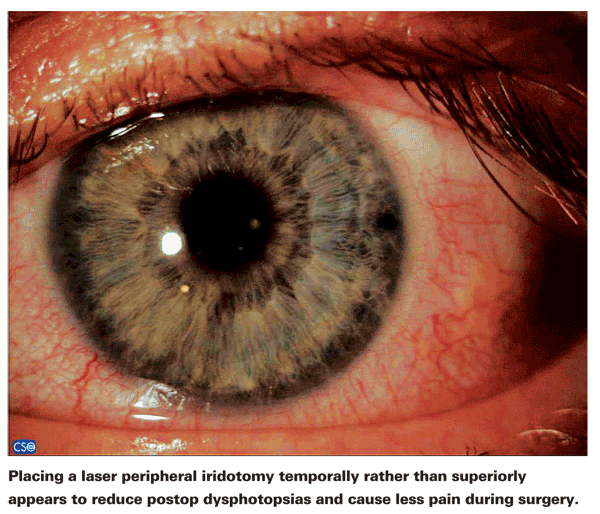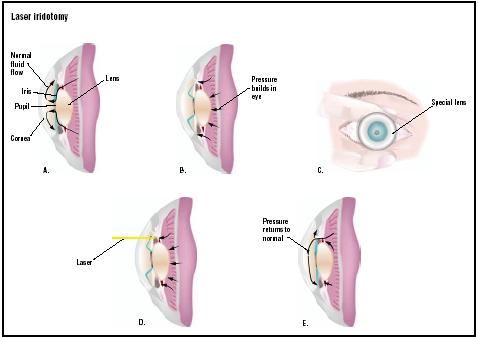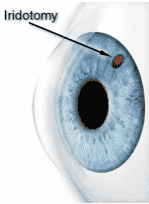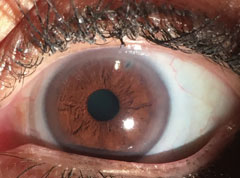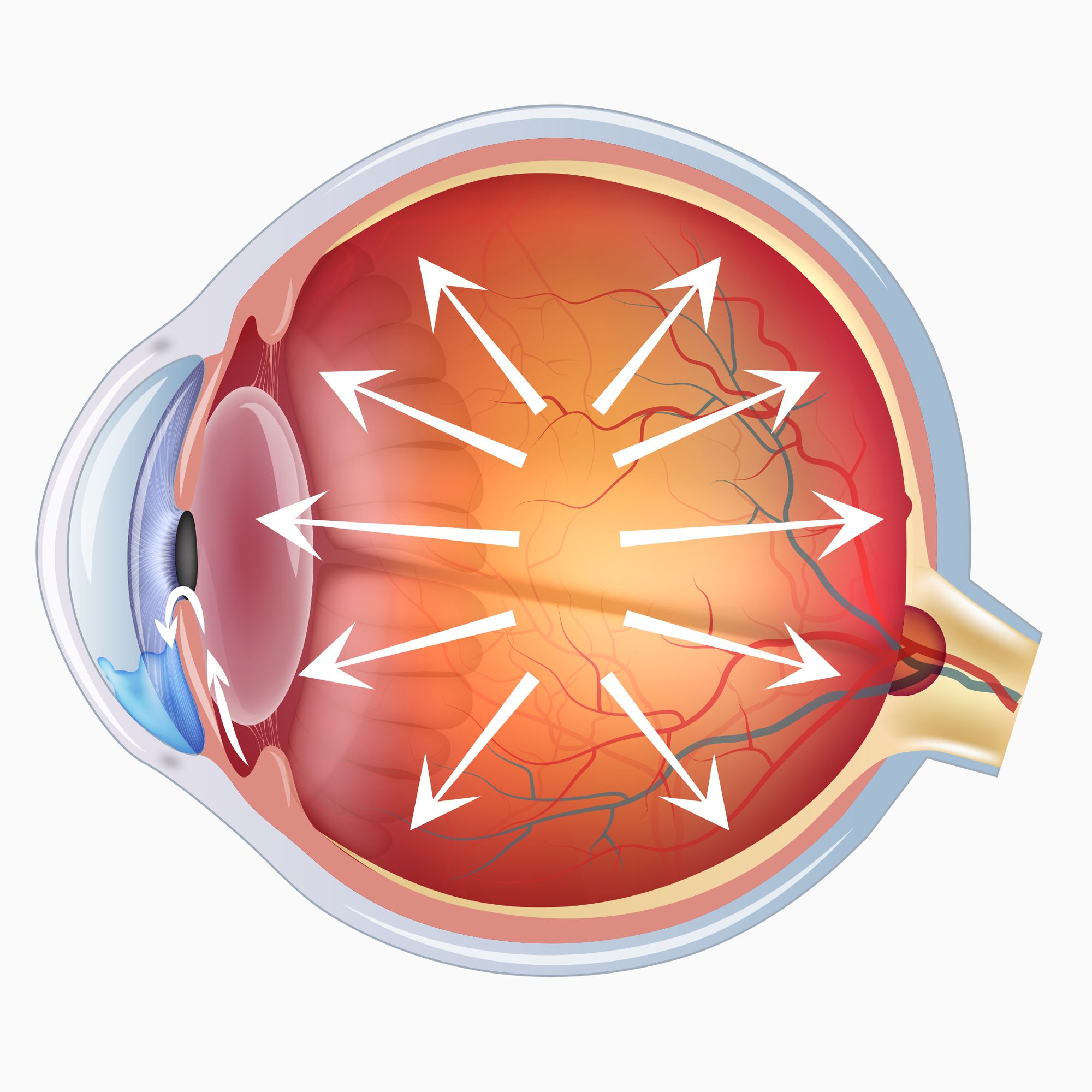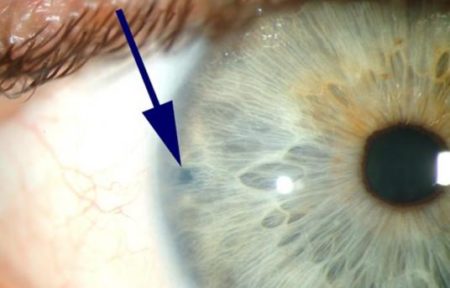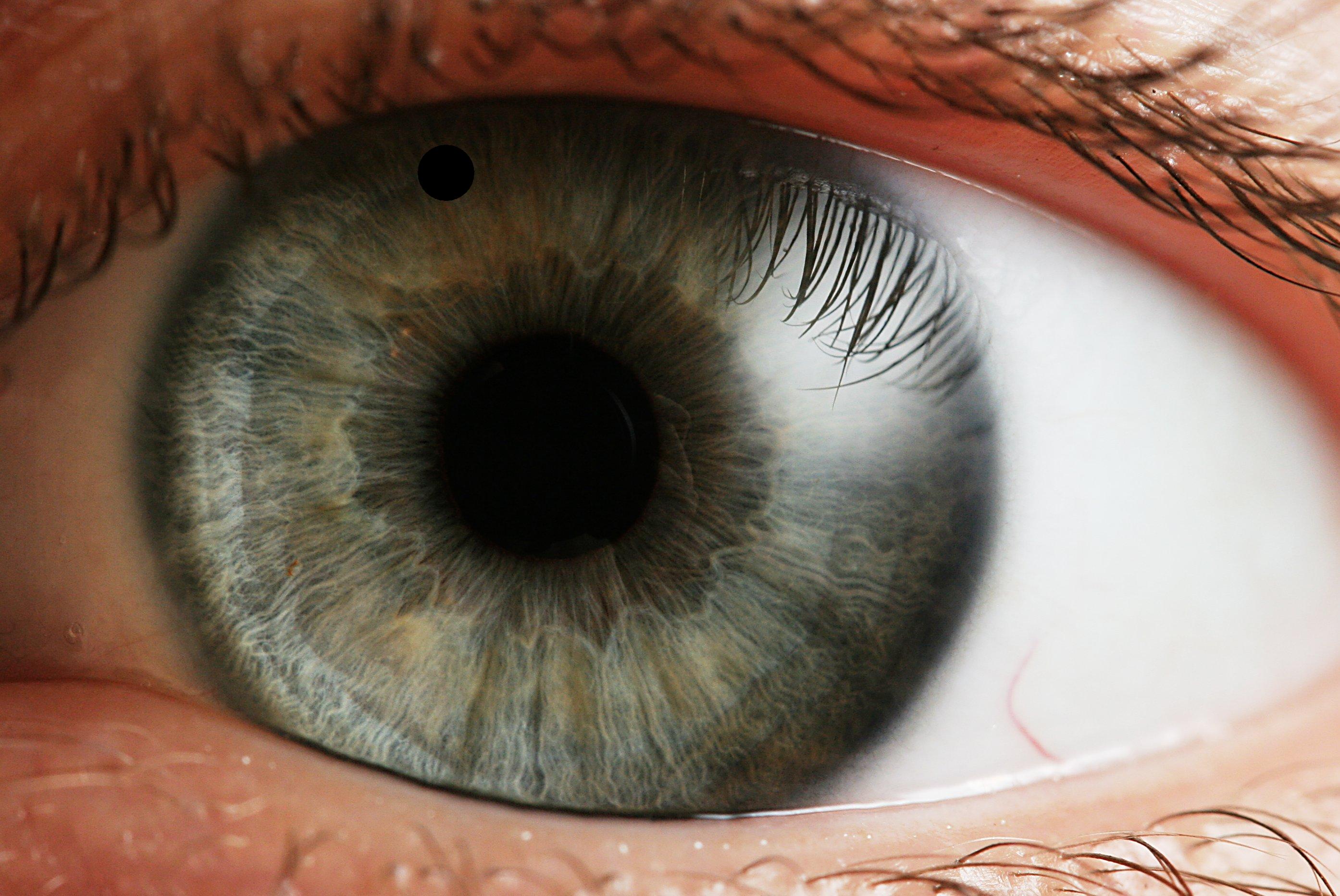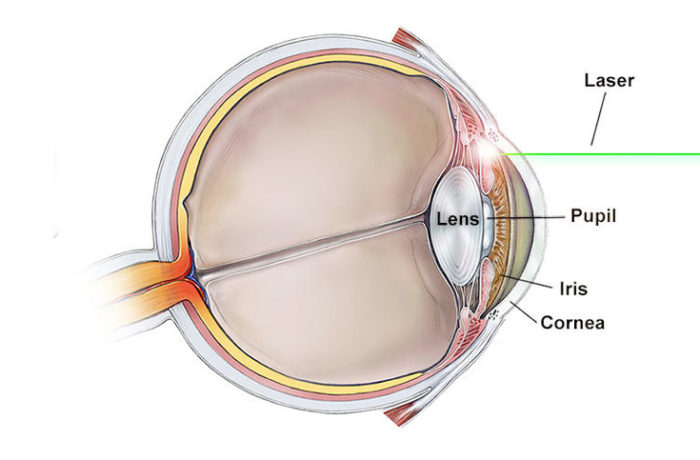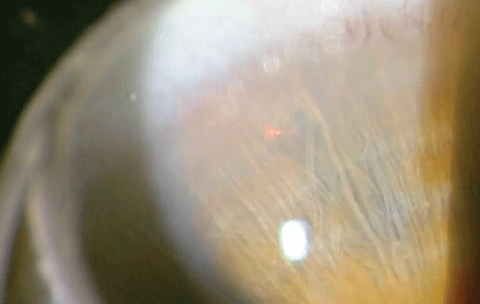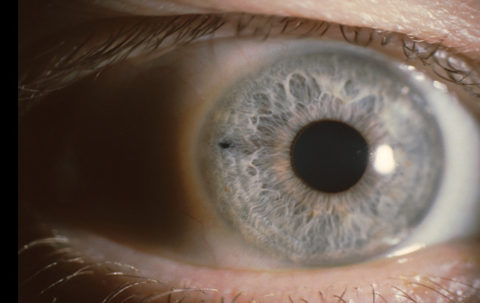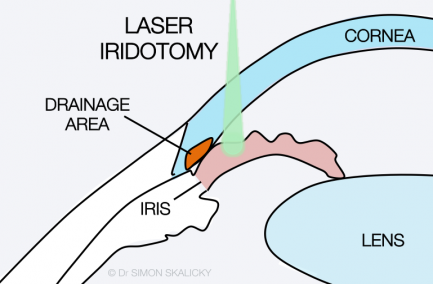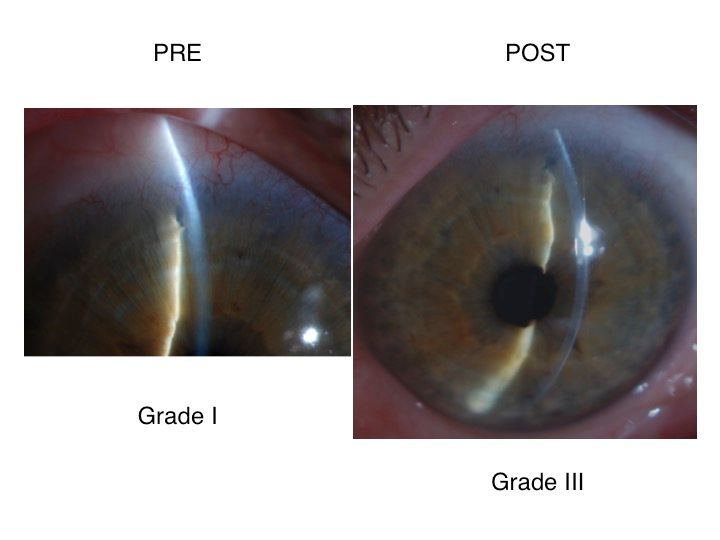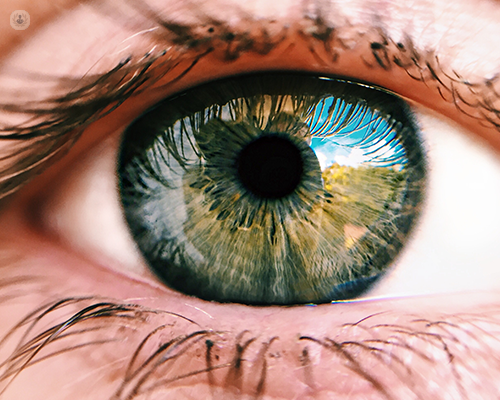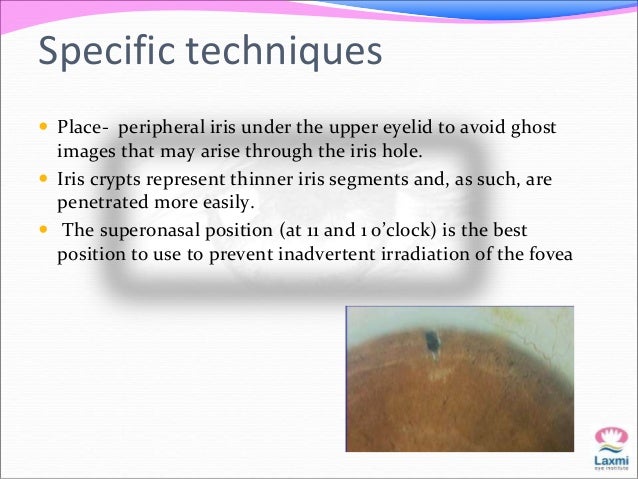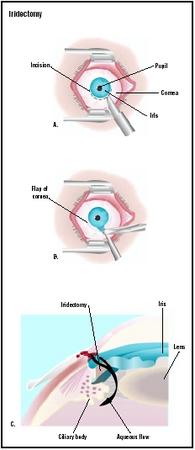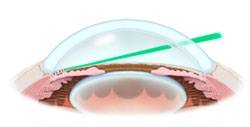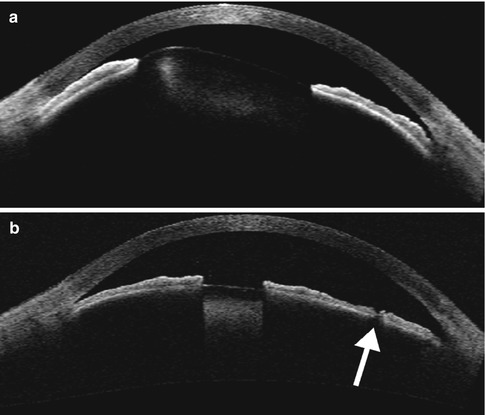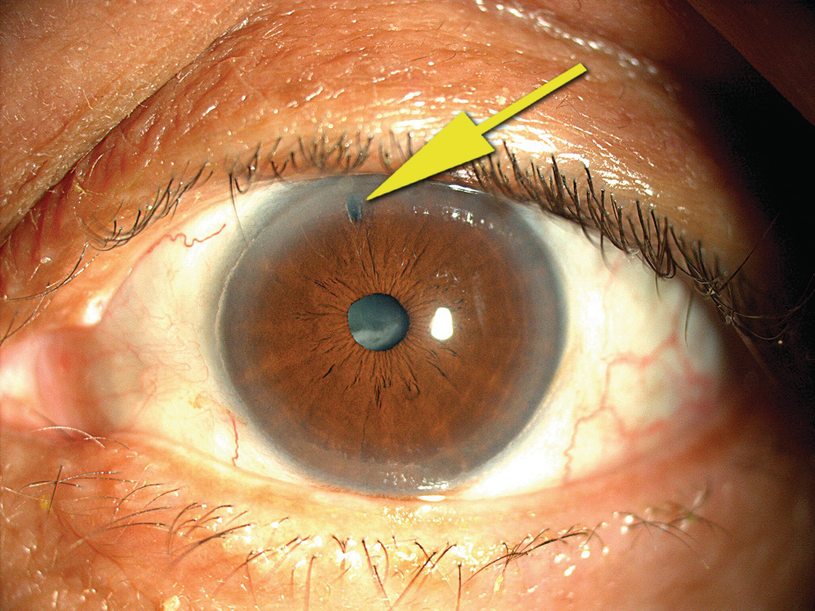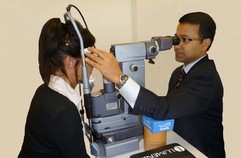Laser peripheral iridotomy also described as laser iridotomy or simply termed iridotomy is a medical procedure which uses a laser device to create a hole in the iris thereby allowing aqueous humor to traverse directly from the posterior to the anterior chamber and consequently relieve a pupillary block 1 2 3 it is commonly used to treat a wide range of clinical conditions.
Side effects after laser peripheral iridotomy.
Short term effects of laser pi include.
The procedure is fairly short so if pain is a potential side effect it is short lived.
It has been used since 1984 both as treatment and prevention of the disease.
The most common complaint patients have is blurred vision some people may have a spike in the pressure levels in the eye that has had surgery.
Patients with angle closure glaucoma who have an iridotomy a procedure which uses a laser to create a hole in the iris to allow ocular fluid to drain may experience a number of side effects from the procedure.
The laser usually makes a noise when fired which can be somewhat startling.
Peripheral iridotomy laser is used in the treatment of primary angle closure disease.
After the laser iridotomy is completed the eye may be a little red light sensitive and uncomfortable for the first 24 72 hours after the procedure.
However laser iridotomy has low risk of side effects and is a very safe procedure that prevents a potentially devastating eye condition.
This disease is associated with the narrowing of the drainage angle restricting aqueous drainage from the eye.
Nonetheless it is important to understand the risks and benefits of laser peripheral iridotomy in order to make an informed decision about whether to undergo the procedure.

